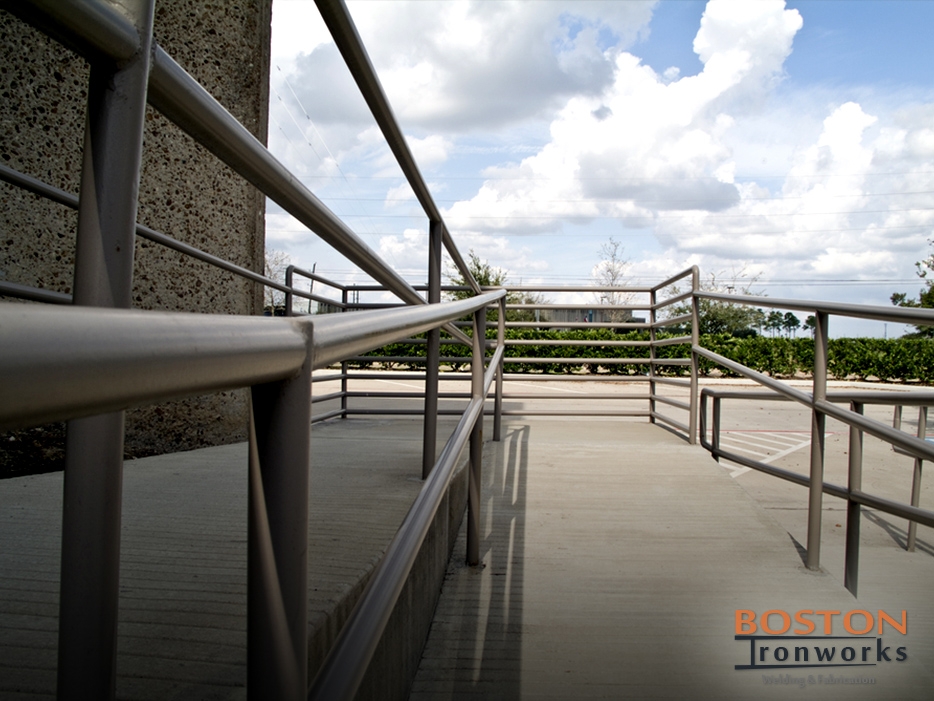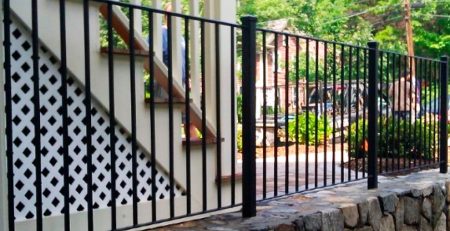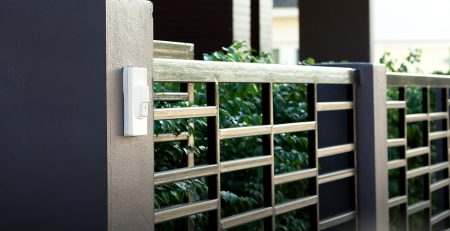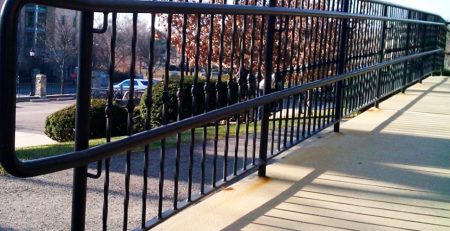Handicap Railings Requirements and Specifications
Handicap railings help people with limited physical ability to safely move around a property. These railings are usually installed in bathrooms, hallways, ramps, etc. Without these railings, people with limited mobility are likely to hurt themselves. Handicap railings are designed to provide the right amount of support to everyone who needs it.
The railings must be installed carefully and according to code. At Boston Ironworks, we encourage clients to get the railings professionally installed in order to ensure they’re secure. Here are some things you need to know about handicap railings installation.
1. Size
The bar should be of the right size in order to provide a comfortable grip to the person using it. The metal should be anywhere between 1.25 and 1.5 inches in diameter to provide the best grip possible to the person relying on it for support. The bar should also be installed 1.5 inches away from the wall surface so people can easily wrap their fingers around the railing as they rely on it for support.
2. Strength
The bar should be able to withstand the pressure and weight of the person using it for support. It’s meant to provide stability and security so it should move or rotate when you’re using it. The fittings must hold the bar securely in place to ensure it doesn’t budge under pressure. The guidelines also state that the railing must withstand 1112 newtons of stress from bending or pressure.
The fasteners that attach the railing to the wall should be able to withstand this pressure easily. Installers also need to make sure the feature doesn’t have any rough edges or protrusions that can injure the person holding onto it. The surface should be smooth without being too slippery.
3. Placement
The bars should also be placed in the right location to ensure they’re easily accessible. They must be 33 and 36 inches above the ground level. Any ramp or staircase that runs more than 72 inches must have railings on both sides and they should also be placed 34 and 36 inches above the floor level.
Properly installed railings will remain anchored to the wall and not move under pressure. Poorly installed railings aren’t as reliable, which is why it’s vital to follow instructions.
For questions and enquires, you can call Boston Ironworks at 617 657 3117. You can also fill in this contact us form. We’ll get in touch with you as soon as possible.












Leave a Reply